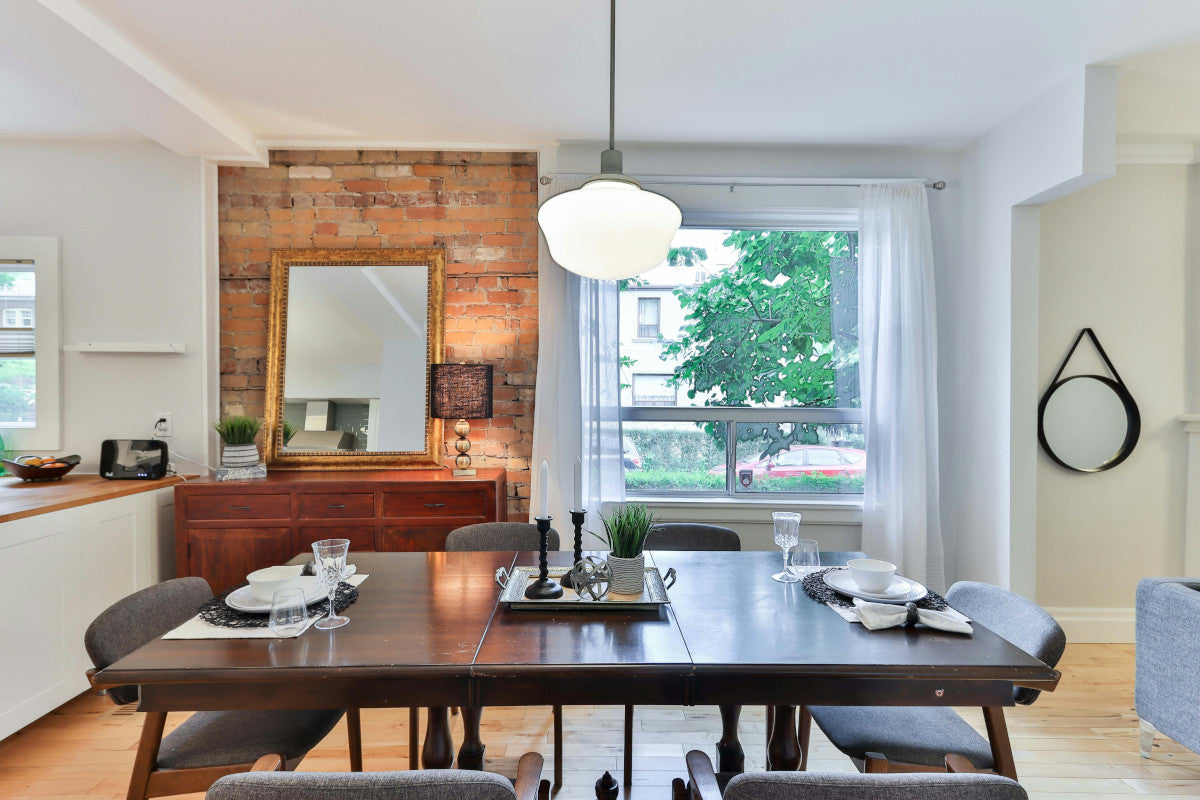Highland Manor Wood Products, Llc for Beginners
Highland Manor Wood Products, Llc for Beginners
Blog Article
Fascination About Highland Manor Wood Products, Llc
Table of ContentsHow Highland Manor Wood Products, Llc can Save You Time, Stress, and Money.Get This Report about Highland Manor Wood Products, LlcHighland Manor Wood Products, Llc for DummiesSome Ideas on Highland Manor Wood Products, Llc You Should KnowSome Known Facts About Highland Manor Wood Products, Llc.
Tidy the busted sides of the table leg to make sure a smooth, solid bond. Meticulously straighten the busted items. Use secures to hold the pieces together briefly.Additionally, removing the legs minimizes the pressure they might endure if the table is carried or loaded incorrectly, avoiding them from birthing excessive weight or experiencing unnecessary strain. Make certain that the table, specifically its legs, is firmly put in the moving car. The table shouldn't totter or have the potential to tip over.

Excitement About Highland Manor Wood Products, Llc
Take the concealing tape and wrap your drill little bit about inches of the method down the bit. This is to help make certain you do not pierce with the tabletop while making certain the depth you need for the screws. Meticulously pierce each of the screw holes to the correct deepness, using the marks you made.
Use the impact chauffeur to screw each leg safely into area. It's finest to go one leg at a time to ensure the positioning is ideal and each leg is safe and secure before moving on to the next.
(https://www.awwwards.com/highlandwo0d/)
Repeat these steps to deal with any kind of other damaged legs on the table.
Utilize a jig attended reduce them diagonally from edge to catch to generate 4 corner blocks. Cut a notch out of the rear of the edge block reverse from the diagonal cut to ensure that the notch fits over the top of the leg and supplies extra strength in the corner.
3 Easy Facts About Highland Manor Wood Products, Llc Shown
Drive one even more screw, focused through the block, into the edge of the table leg. round bun feet. Step the length and size under the table in between the legs.

Whole lots of tables have built-in cots to add security. Two cots run in between the sides of the legs on the table's short ends, with one lengthy cot connecting the two brief stretchers in the.

Things about Highland Manor Wood Products, Llc
Each piece has its very own tale to inform, and antique table legs play a vital function in the general looks and security of these treasures. Recovering them not just revitalizes their elegance yet additionally aids preserve their historical importance. Comprehending antique table legs begins with identifying the various types of antique tables and their historical contexts.
Let's explore these action in information. Antique tables can be found in numerous styles, such as Queen Anne, Chippendale, or Victorian, each with its distinct layout and features. Understanding the kind of table you have will certainly guide your restoration efforts. Researching the historic history of your table can supply important insights right into its age, origin, and prospective worth.
French bnisterie furnishings, with its elaborate craftsmanship, would likely be most worth recovering and may require professional solutions, whereas a table discovered at a yard sales may not warrant the repair cost. As you get started on the journey of recovering antique table legs, one of the first and essential steps is to carefully examine these indispensable components of your valued piece.
The Main Principles Of Highland Manor Wood Products, Llc
Begin by inspecting the surface area of the table legs meticulously. Search for any kind of noticeable cracks that may have established gradually. Cracks can vary in size and severity, from minor surface area blemishes to deep architectural cracks. Each fracture narrates of the table's history, and addressing them is vital for both aesthetics and structural stability (wooden kitchen island).
These divides can jeopardize the general strength and look of the legs. Recognizing their visibility and degree is important before continuing with reconstruction. Butt joints are a lot more vulnerable to splitting because they provide a minimal surface for sticky bonding, making them prone to splitting up under anxiety or pressure. Pay very close attention to the joints where the table legs meet the table's frame or apron.
Assess the total architectural integrity of the legs. Look for any type of bending or twisting that might impact their security. Take a look at the joints carefully to assess the degree of looseness. Some joints might just need adhesive and clamping, while others may require extra support. By carefully assessing the wear and damage, you can produce an websites extensive reconstruction plan customized to the specific requirements of your antique table legs.
Report this page